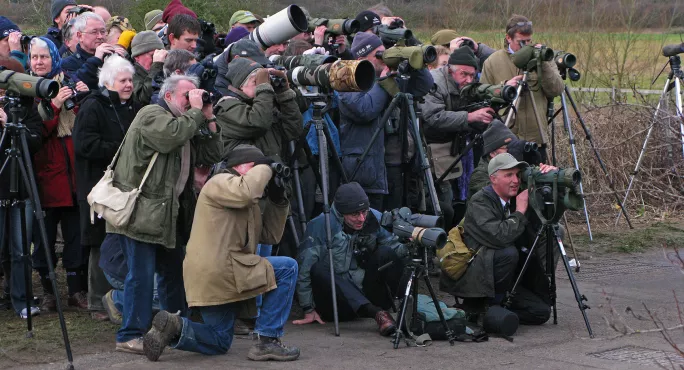- Home
- 6 ways to improve lesson observations
6 ways to improve lesson observations

Observations. For some, an opportunity to showcase the work they have been doing with students and how well students are doing with anything from a single strand of a module to several topics to an entire subject.
For others, the monster under the bed and the single worst thing about the profession, causing nightmares and sleepless nights aplenty. But why is it that teachers across education have such different views on observations (and those carrying them out)?
Perhaps the main point of contention with observations is the inconsistency with which they are carried out. Depending on age group, sector (primary, secondary, FE, HE), number of senior leaders, students on roll and a host of other factors, observations can happen anything between once and half a dozen times a year and be completed by one to three observers all making notes on everything from quality of instruction to progress to the standard of student work displayed around classroom walls.
News: The biggest college groups in the UK
GCSE resits: How we attain a 55% pass rate for English
Research: FE funding promises don’t go far enough, says EPI
So, how can we ensure quality monitoring in that most sacred of educational environments, the classroom? Below are some tips to ensure high-quality observations in any educational setting.
1. More often, less pressure
The less often observations are, the more pressure is suddenly heaped on them - so why not reverse this trend? Instead of the termly one or one-and-a-half hour observations, why not split this over several weeks or even months? There are many issues with high-stakes observations, not least the luck of the draw in terms of what class practitioners are observed with (top set is more likely to show progress than those less able, resulting in more favourable feedback in some quarters). Regular five-to-10-minute snapshots can help senior leaders to build a picture of the reality of a classroom.
2. Reduce the focus
It’s not so long ago (and still happening in some areas) that senior leaders and other observers would enter a classroom and look to give an Ofsted grading to all aspects of that lesson, and therefore staff practice. How is it possible to grade all of this? Why is a grade being used at all? Before starting regular, low-stakes visits to classrooms, a focus should be confirmed either with practitioners, departments or all practitioners. If all staff know the focus, it is more likely that a culture of sharing good practice will be harboured, and this should also lead to more confidence when being observed.
3. Give it time
Where some practitioners are perhaps not meeting expectations, give them time to fix this. We have all known an observation where a practitioner fails to meet expectations and then has all of a week to remedy the issue before the next observation. Does this really do anything to improve pedagogy? Create bespoke professional development opportunities, facilitate training and literature and give practitioners the opportunity to improve their practice. Further to this, make sure that feedback is not only effective, but efficient as well.
4. Buddy up
Whether this be more experienced staff pairing with less experienced staff, experienced staff pairing with each other or partnerships across schools or colleges, setting up partnerships with others will help staff to discuss their areas for development and help to focus on how these areas can be strengthened. As Dylan Wiliam says, “Every teacher needs to improve, not because they are not good enough, but because they can be even better.” There should be no exemption from this process - if expectations are being exceeded, that expertise should be utilised.
5. Break the taboo
A regular bugbear among teachers old and new is that senior leaders are not only exempt from this process, but also from any observation of their teaching at all. Why not break down these barriers? In most cases, senior leaders have risen to the positions they hold as a result of being excellent practitioners (meaning they have much to teach), but it has potentially been some time since they have taught a full timetable (meaning they can still learn). Why not throw open the classroom door into these environments? It would give a sense of equality across the school or college and also lead to more collaboration and open discussion.
6. It’s good to talk
More and more, leaders and practitioners are turning to students to give feedback on their education. With the rise in meta-cognitive strategies in classrooms, students have a greater understanding than ever before of how they are learning what they are learning, and so can often give real insight into the lessons they experience. Using student voice effectively (before, during and after lessons) can give efficient and effective feedback on lessons which is instantly actionable for practitioners.
With the new Ofsted framework insisting that teaching will not be graded and looking less at teaching and more at curriculum, there is now more of an opportunity than ever to refresh and innovate in the area of practitioner observation and operate a more collaborative approach.
Jonny Kay is head of English and maths at a college in the North East
Keep reading for just £1 per month
You've reached your limit of free articles this month. Subscribe for £1 per month for three months and get:
- Unlimited access to all Tes magazine content
- Exclusive subscriber-only stories
- Award-winning email newsletters



